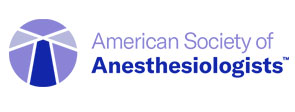- Cervicogenic Headache
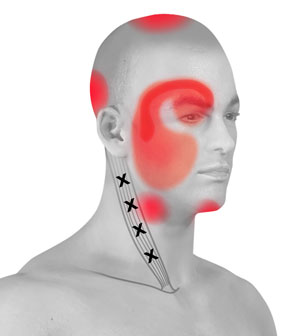
Cervicogenic headaches involve pain in one or both sides of your head that radiates from your neck to the front of the head.
Know More - Disc Herniation
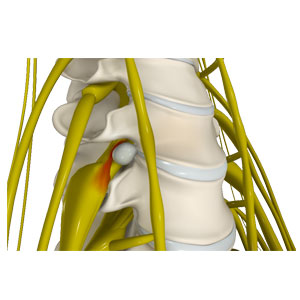
Disc herniation is a condition where the central nucleus pushes through the outer edge of the disc, causing a bulge that compresses the spinal nerves.
Know More - Degenerative Disc Disease
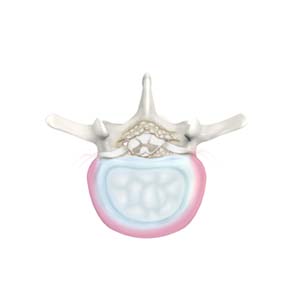
Degenerative disc disease (DDD) refers to the gradual deterioration of the intervertebral discs between the vertebrae. DDD is a misnomer as it is not actually a disease but a condition that affects the strength, resilience and structural integrity of the intervertebral discs due to advancing age, trauma, injury, repetitive movement, improper posture or poor body mechanics.
Know More - Degenerative Spinal Conditions
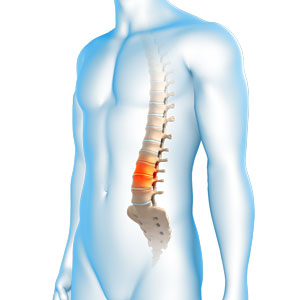
A degenerative condition is a continuous deterioration of a tissue or an organ in your body over time. Degenerative spinal conditions refer to a gradual loss of normal structure and/or function of the spine over time.
Know More - Spine Arthritis

Spine arthritis is a condition characterized by the inflammation, degeneration, or wearing out of cartilage in the joints of the spine. The cartilage in the spine includes the spinal discs between the vertebrae and the cartilage lining the facet joints in the back of the spine. Spinal arthritis can cause pain and stiffness in the back and neck.
Know More - Facet Joint Arthritis
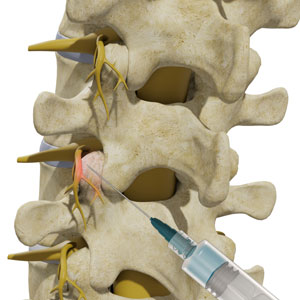
A minimally invasive treatment called facet injection offers symptomatic relief from back pain caused by inflammation of the facet joints; however, this is not a permanent solution for the condition. The objective of the treatment is to suppress pain so that normal activities can be resumed and you can perform physical therapy exercises.
Know More - Osteoporosis of the Spine

Osteoporosis is a bone disease characterized by a decrease in bone mass and density resulting in brittle, fragile bones that are more susceptible to fractures. The condition most commonly affects elderly women. Osteoporosis-related fractures are more common at the vertebral bodies of the spine.
Know More - Sciatica

The sciatic nerve is the longest nerve in your body. It begins in the lower back and extends through the buttocks down the back of each leg to the thighs and feet.
Know More - Scoliosis

Scoliosis is a condition characterized by the abnormal curvature of the spine that causes a deviation to one side. It causes a physical deformity, making the spine look like the letter “C” or “S” instead of the letter “I”. Scoliosis can affect either the mid or lower back. Scoliosis of the mid back is more common. Scoliosis can occur at any age.
Know More - Spine Injuries in Athletes

Spine injuries in athletes are defined as damage sustained by the spine as a result of physical trauma or overuse in people who are actively involved in sports.
Know More - Neck Strains and Sprains
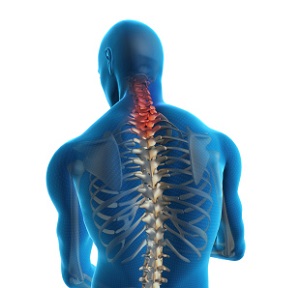
The neck is the most flexible part of the spine and supports the weight of the head. The unique anatomical structure of the cervical vertebrae allows the free movement of the head. The neck is also composed of muscles and ligaments. Any excessive stress on the ligaments and muscles may injure or damage them.
Know More - Spinal Injuries at Work
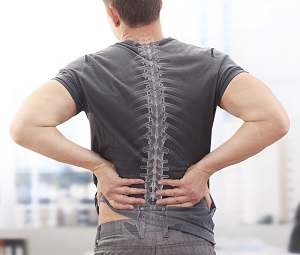
Injuries at the workplace are very common and may be debilitating. Global statistics report that around 260 million non-fatal injuries occur every year around the world of which 350,000 cases may suffer death. Workplace injuries often occur because of high-risk jobs, lack of or scarcity in safety devices, lack of training, and higher numbers of manual workers.
Know More - Spinal Instability
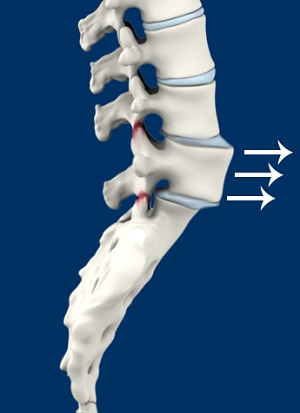
Spinal instability refers to the condition of failure of the spinal column to maintain its normal structure. Normally, the spine functions to protect and provide support to the body and its internal organs. An unstable spine is incapable of holding various spinal structures such as spinal muscles, ligaments, bones, and discs in place.
Know More - Poor Balance
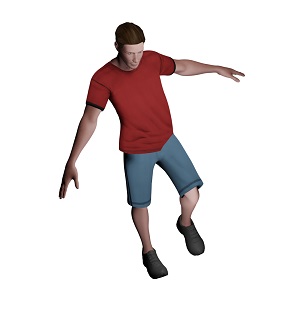
Poor balance can be defined as a sense of unsteadiness on your feet due to dizzy spells or lightheadedness, fainting, blackouts, or loss of consciousness.
Know More


